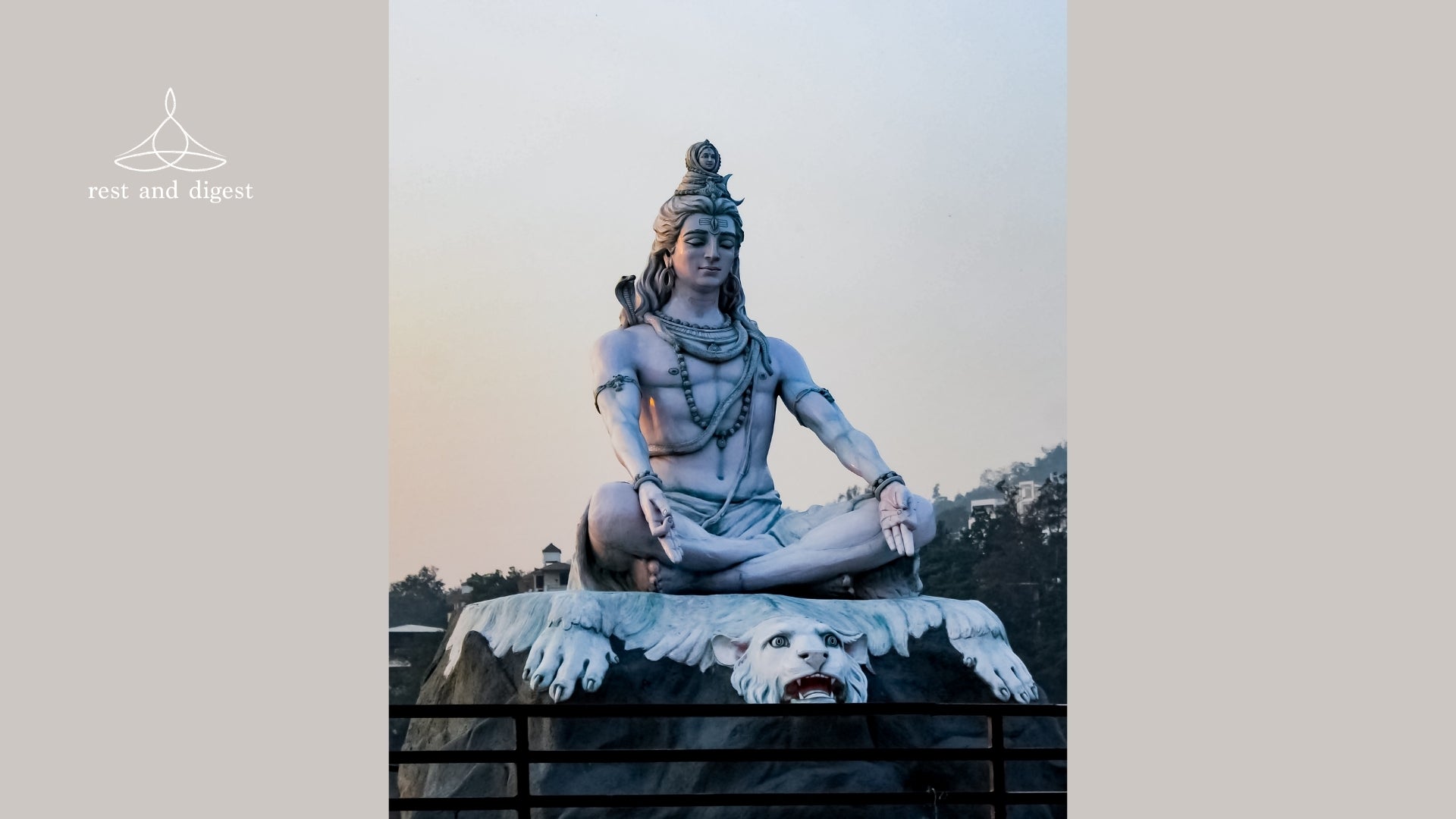
The History Of Yoga
Tracing Yoga’s Remarkable Evolution
Millions of people around the world are embracing yoga practice which has come a long way from its origins. Yoga is rooted in ancient Indian civilization and it has now become a global phenomenon, which provides a path to physical health, mental balance, and spiritual realization.
We invite you to take an exciting journey with us into the captivating history of yoga as we unravel its ancient roots and trace its transformative journey through time.
Ancient Origins: Cultivating the Seeds of Spiritual Inquiry
Yoga started off ages ago in the womb of ancient Indus Valley Civilization, where more than 5000 years in the past, seeds of spiritual inquiry began to be sown. In the Rig Veda, India’s earliest scriptures, we glimpse the dawnings of yoga through its use as a metaphor for controlling horses that had been trained for war. However, it was only around 500 BCE that yoga began to take on character as a systematic path leading to spiritual enlightenment.
In this period called ‘the age of the Sramanas’ or Spiritual Strivers, yoga developed into a practice that demanded self-control and self-denial. The Sramanas (almost entirely men) practiced rigorous forms like fasting, meditation, and physical purifications so as to reach transcendence. Even though there was not much focus on yogic postures such as Asana at that time; it did lay the foundations for the systematic exploration of human experience and the quest for liberation from suffering.
Foundations of Philosophy: Lessons from the Past
In ancient India, there was fertile soil for the development of yoga philosophy in the Vedas and Upanishads which are manuscripts dating back to the 8th century BC. The path to spiritual liberation and physical transcendence was often described as being through yoga in these books. Moreover, the Upanishads delved deeper into what constitutes a self or universe and explained how one could use yoga as an instrument of realization of his/her true nature that will free him/her from rebirth.
The history of yoga and its evolution hinged heavily on the work done by Patanjali, a sage who collected Yoga Sutras around the 2nd century BC. These sutras contained 196 aphorisms that were precise enough to show principles and practices followed during yoga exercise thereby providing a holistic framework for spiritual growth. It was through Patanjali’s Yoga Sutras that Eight Limbs of Yoga came into existence; it directed yogis towards self-realization or freedom.
Influences from Diverse Traditions: Unity in Diversity
As yoga developed further, it assimilated aspects of different traditions such as Tantra, Buddhism, and Jainism. These old paths each had their unique principles making the tapestry of yoga very rich in wisdom and lessons from them. Buddhism emphasized meditation and mindfulness as pathways to enlightenment whereas Jainism advocated for non-violence and self-discipline with compassion as well as ethical behavior (which resonated deeply with yogic values).
Tantra threw more light on what is involved in practicing yoga because according to it women embodied divine power while performing physical exercises geared towards this outcome. Tantric teaching depicted subtle channels for energy across bodies thus adding another layer of understanding about how the mind meets the body in the soul's innermost parts. This is indeed an important milestone in the history of yoga.
See the range of rest and digest eco friendly yoga mats, cork yoga blocks and long yoga stretch straps.
The Spread of Yoga: From India to the World
Yoga started gaining ground among Westerners in the early twentieth century due to such pioneering teachers such as Swami Vivekananda and Paramahansa Yogananda. Western audiences were introduced to this spiritual practice by these great men stressing self-actualization and internal change.
By the time the 1990s and 1970s came around, yoga had become central to counterculture attracting different kinds of people including celebrities as well as sportsmen. Personalities like Swami Satchidananda together with B.K.S. Iyengar played key roles in making yoga mainstream thereby becoming popular hence facilitating its adoption throughout the West.
The Modern Landscape: Yoga in the Digital Age
While the history of yoga is fascinating, in today’s world, yoga has become a global occurrence with millions of practitioners worldwide. Every street corner to every calm retreat center embraces yoga promoting health physically, mentally, and spiritually.
Yoga is now more accessible than ever in the digital age with online platforms, virtual classes, and mobile apps. The popularization of yoga has allowed people from all backgrounds, and walks of life to begin their individual journeys towards becoming yogis together as they embrace one another within the labyrinth that is the modern world.
Embracing the Eternal Wisdom of Yoga
When we consider the various stages of the history of yoga, one thing is clear; yoga is not only an exercise but a way of life, self-realization, and inward transformation. It continues to uplift and inspire from its ancient roots in India to its worldwide acceptance in the 21st century, heading us to a deeper understanding of ourselves and our environment. While treading the paths of ever-changing life may we find solace in the ever-enduring wisdom of yoga that embraces it with open hearts and minds.





